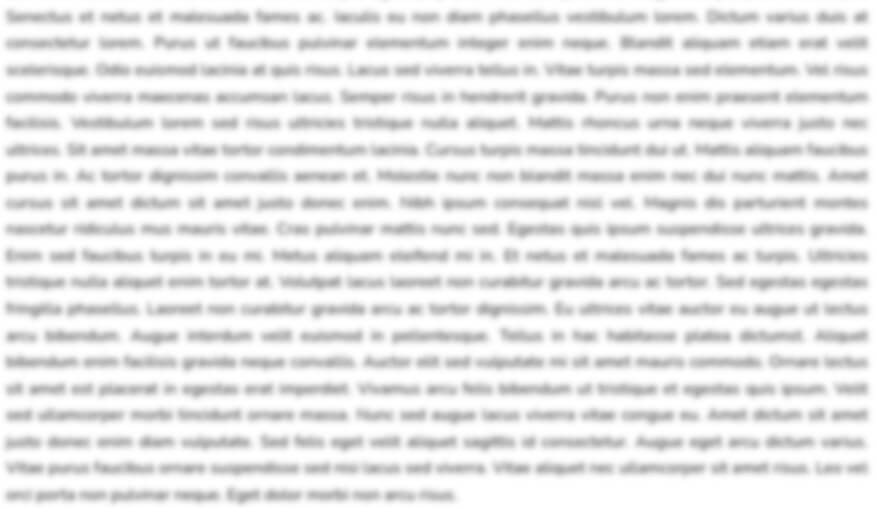
Making Public the Southeast Asia Collective Defense Treaty and the Protocol Thereto Signed At Manila On September 8, 1954
Download as PDF
Download as Word
My Notes
Highlights
New
Collections
Create a New Collection
Overview
Full Text
Details
Case
Agency Issuance Number
Published Date
Making Public the Southeast Asia Collective Defense Treaty and the Protocol Thereto Signed At Manila On September 8, 1954
Proclamation No. 139
March 23, 1955
Case Overview and Summary
Summary of the Southeast Asia Collective Defense Treaty and ProtocolPreamble
- The Southeast Asia Collective Defense Treaty and Protocol were signed by Australia, France, New Zealand, Pakistan, the Philippines, Thailand, the United Kingdom, and the United States on September 8, 1954 in Manila.
- The Philippine Senate concurred with the Treaty and Protocol on February 14, 1955.
- All signatory states ratified and deposited their instruments of ratification, with Thailand depositing on December 2, 1954, and the other states depositing on February 19, 1955.
- The Treaty entered into full force and effect on February 19, 1955 at 11:00 a.m. Standard Time 120 East Meridian.
Provisions
- The Treaty aims to establish a collective defense system against external armed attack in the treaty area.
- The treaty area covers the general area of Southeast Asia, including the entire territories of the Asian parties and the area embraced by the islands adjacent thereto.
- Each party recognizes that aggression by means of armed attack in the treaty area against any of the parties or against any state or territory which the parties by unanimous agreement may hereafter designate, would endanger its own peace and safety.
- In the event of such aggression, each party would act to meet the common danger in accordance with its constitutional processes.
- Measures taken under this collective defense arrangement shall be immediately reported to the Security Council of the United Nations.
- The parties shall consult immediately whenever the integrity, sovereignty or political independence of any party is threatened in the treaty area.
- The parties shall maintain and develop their individual and collective capacity to resist armed attack and to prevent and counter subversive activities directed from without against their territorial integrity and political stability.
- The Protocol designates the states and territories covered by the Treaty, including Cambodia, Laos, and the free territory under the jurisdiction of the State of Vietnam.
- The Treaty shall remain in force indefinitely, but any party may cease to be a party one year after notice has been given to the Government of the Philippines.
Amends
n/a
Amended by
n/a
Tags
Executive Issuances
Proclamations
Southeast Asia Collective Defense Treaty
collective defense
armed attack
treaty area
Southeast Asia
territorial integrity
political stability
subversive activities
United Nations Security Council
Cambodia
Laos
Vietnam
ratification
entry into force
Law
Making Public the Southeast Asia Collective Defense Treaty and the Protocol Thereto Signed At Manila On September 8, 1954
Proclamation No. 139
•March 23, 1955
MALACAÑANGRESIDENCE OF THE PRESIDENTOF THE PHILIPPINESManila
Proclamation No. 139
MAKING PUBLIC THE SOUTHEAST ASIA COLLECTIVE DEFENSE TREATY AND THE PROTOCOL THERETO SIGNED AT MANILA ON SEPTEMBER 8, 1954
WHEREAS, the Southeast Asia Collective Defense Treaty and the Protocol thereto were concluded and signed by the respective plenipotentiaries of the Governments of Australia, France, New Zealand, Pakistan, the Philippines, the Kingdom of Thailand, the United Kingdom of Great Britain and Northern Ireland, and the United States of America at Manila on the 8th day of September, one thousand nine hundred and fifty-four;
WHEREAS, the Senate of the Philippines by its Resolution No. 32, adopted on February 14, 1955, concurred in the making by the President of the Philippines of the said Treaty and Protocol, in accordance with the Constitution of the Philippines;
WHEREAS, all the signatory States have already ratified and deposited their respective instruments of ratification of the said Treaty and the Protocol thereto, the Government of the Kingdom of Thailand having made its deposit on December 2, 1954, and those of Australia, France, New...
Login to see full content


Amends
n/a
Amended by
n/a
Tags
Executive Issuances
Proclamations
Southeast Asia Collective Defense Treaty
collective defense
armed attack
treaty area
Southeast Asia
territorial integrity
political stability
subversive activities
United Nations Security Council
Cambodia
Laos
Vietnam
ratification
entry into force
MALACAÑANGRESIDENCE OF THE PRESIDENTOF THE PHILIPPINESManila
Proclamation No. 139
MAKING PUBLIC THE SOUTHEAST ASIA COLLECTIVE DEFENSE TREATY AND THE PROTOCOL THERETO SIGNED AT MANILA ON SEPTEMBER 8, 1954
WHEREAS, the Southeast Asia Collective Defense Treaty and the Protocol thereto were concluded and signed by the respective plenipotentiaries of the Governments of Australia, France, New Zealand, Pakistan, the Philippines, the Kingdom of Thailand, the United Kingdom of Great Britain and Northern Ireland, and the United States of America at Manila on the 8th day of September, one thousand nine hundred and fifty-four;
WHEREAS, the Senate of the Philippines by its Resolution No. 32, adopted on February 14, 1955, concurred in the making by the President of the Philippines of the said Treaty and Protocol, in accordance with the Constitution of the Philippines;
WHEREAS, all the signatory States have already ratified and deposited their respective instruments of ratification of the said Treaty and the Protocol thereto, the Government of the Kingdom of Thailand having made its deposit on December 2, 1954, and those of Australia, France, New...
Login to see full content

